manna moment- Dealing with problemsJames 1:2-4 -" Count it all joy, my brothers, when you meet trials of various kinds, for you know that the testing of your faith produces steadfastness. And let steadfastedness have its full effect, that you may be perfect and complete lacking in nothing." The Wright Brothers encountered one problem after another. First, their lift calculations never matched the data they had available at the time. Next, the wing warping apparatus they had engineered was not working correctly and dangerous, Third, they were camping on the beach at Kitty Hawk with many mosquitoes, no bug spray or shelter other than a tent. The winds at Kitty Hawk were not consistent. Sometimes the winds were too much, other times not enough. When their glider crashed, it took three days or more to repair and on and on. Yet each problem that occurred led them to a better solution. Each problem highlighted something that didn't work. Once they fixed the problem, they achieved controlled gliding. With each problem we encounter in our lives let us have the perspective to know that its purpose is for much better. Be humble, make corrections, repent and be made perfect and complete through Jesus Christ our Lord and Savior. Wright Gliders 1, 2, and 3There are many obstacles when we try to achieve something new. This was not any different for the Wright Brothers. Their first glider, where they initiated a 'wing warping' mechanism, struggled to achieve lift. They were using Otto Lilienthal's data and were disappointed that their prototype did not glide as well as what they had expected. They made modifications to correct the problems in the first glider but ended up with more problems which gave them some set backs. One of the setbacks was when Wilbur's nose collided with the elevator. At this time, the elevator was on the front of the glider and Wilbur was on his stomach, so when he crashed, he crashed right into the elevator. It was at this point that they figured that Lilienthal's data was not as accurate as they needed it to be. This was another problem and it demanded that the Wright brothers build their own wind tunnel and collect their own lift data. Finally, a third prototype was tried with a fixed rudder. The tendency of this glider was that one wing would be high and the other wing would be low and plummet into the ground. This too was another problem to overcome. Orville theorized that there was build up of air pressure at the rudder causing it to be unbalanced. The solution to this problem was to have an adjustable rudder. Changing the rudder allowed them control over the three axes of motion and to glide successfully in 30mph winds. Now that they had a successful glider, they felt confident to add some power to it. HelicoptersSince the Wright brothers added a rudder to their Wright glider and they had this idea from their toy helicopter that they played with years ago, I thought I would incorporate a little information about how a helicopter flies. Here is a short video and some questions to ask after to have conversation about what they learned. What are three things that make Henry I helicopter go? 1. The collective which allows the helicopter to take off. 2. Rudder pedals that control yaw (pivot right and left) 3. Cyclic helps the helicopter bank side to side and pitches the nose down controlling roll and pitch. What is a rotor? The rotating blades that supply lift. paper helicopter investigationThe Wright Brothers decided to start conquering the problem of flight by first inventing a glider they could control in the air with no power. Likewise, it is beneficial for the students to investigate this paper helicopter before they add the power of the rubber band for the following investigation. However, if you under time constraints as I am, I will be assigning this investigation for homework and building the rubber band helicopters during class. These paper helicopter templates are found in the Mysteries of Flight Student Guidebook. After they cut and fold them together, they are to place a paperclip on the bottom to give it more weight. For the investigation, they are to see what makes the quickest descent and the fastest spin. While my son dropped his helicopter, I timed the descents. Then for calculating the spins, we colored one blade red to be able to count it easier as it spins. Rubber Band helicopter investigationHere is a video about how to make a Rubber Band Helicopter in order to complete this investigation guide. I let the students create their own helicopter. Some flew really well while others did not. I, again, placed the questions in their lap to help them become the problem solver. Compare your helicopter to another helicopter. What is different and what is the same? Change one thing at a time to control variables and you will figure it out. This was a wonderful activity. Mysteries of Flight Curriculum All the investigation guides and note taking sheets are included in our Mysteries of Flight curriculum. 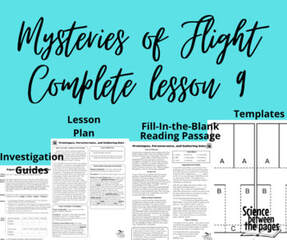 If you would prefer not to commit to the 12 lessons, here are all the pieces you need to do Lesson 9.
0 Comments
Leave a Reply. |
LEAD LEARNERWelcome! My name is Nicole Fleming and I have been leading science learning in the Bryan/College Station homeschool community for over 10 years. Archives
November 2022
Categories |
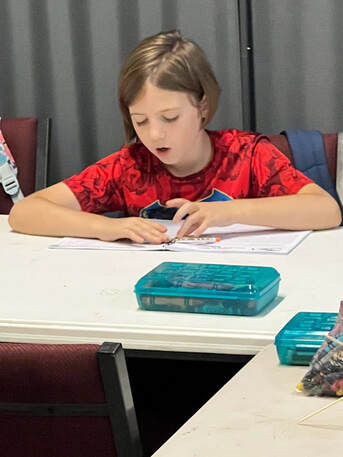
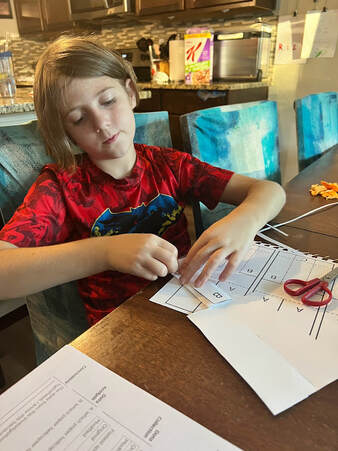
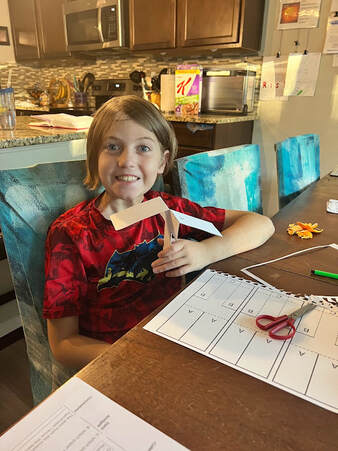
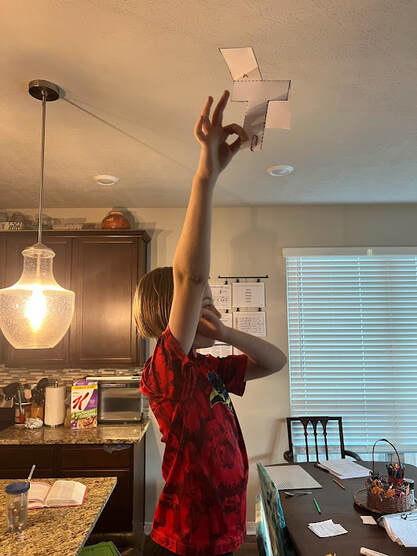
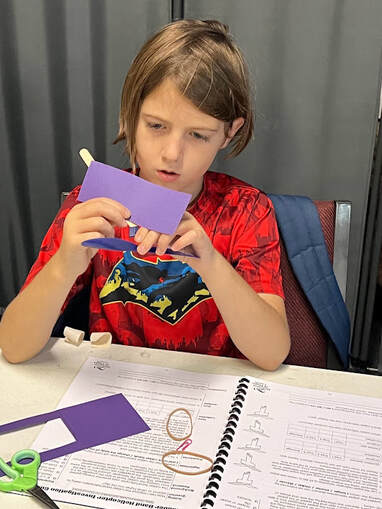
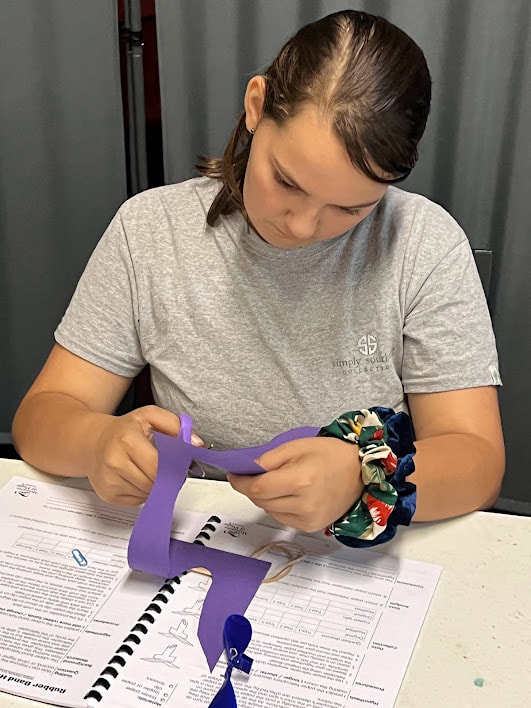
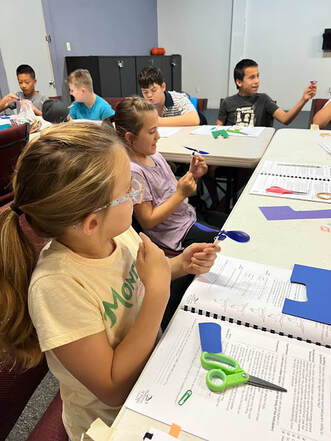
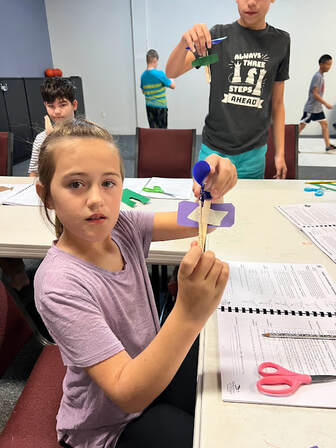
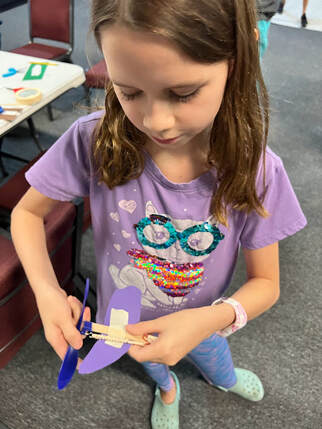
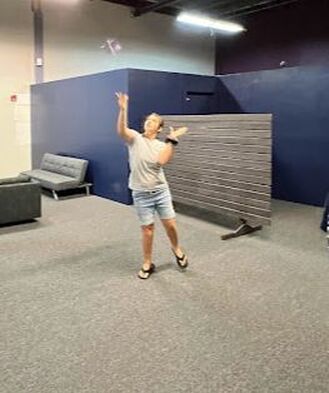
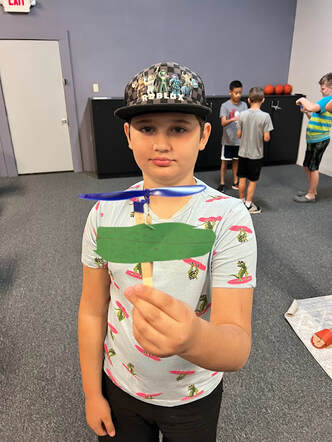
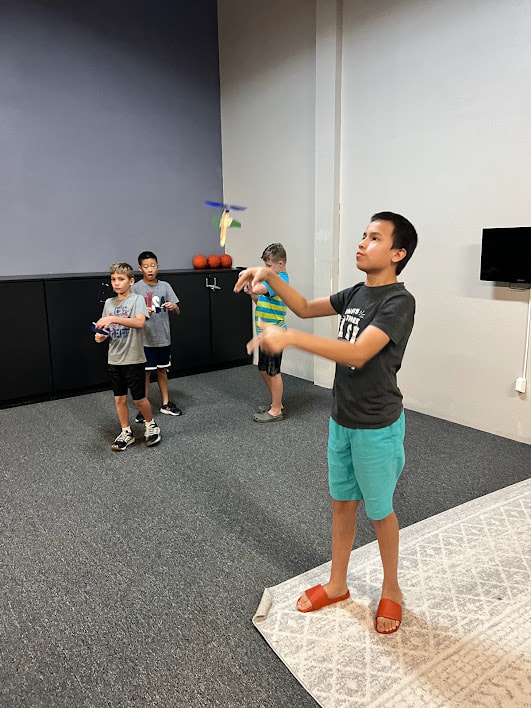
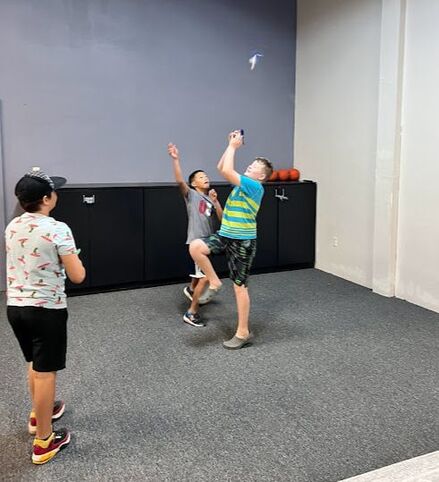
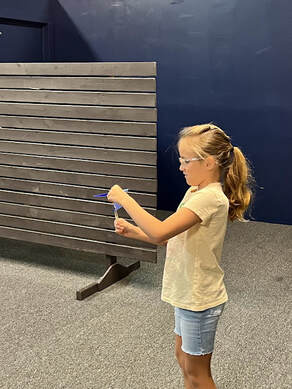
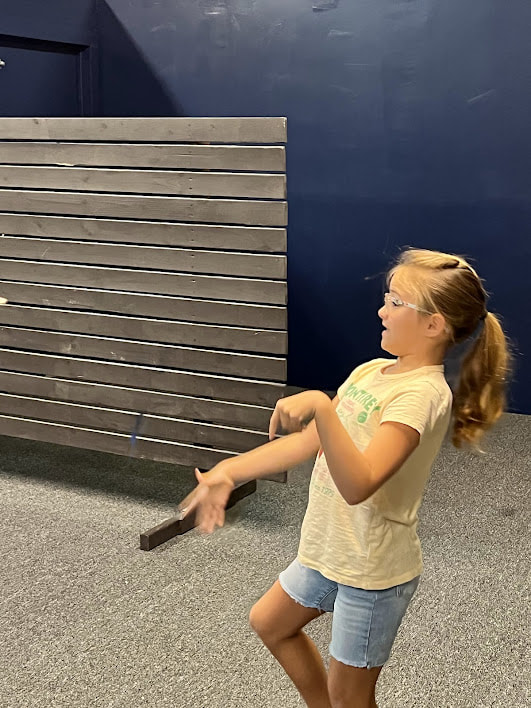
 RSS Feed
RSS Feed